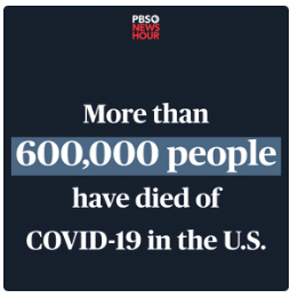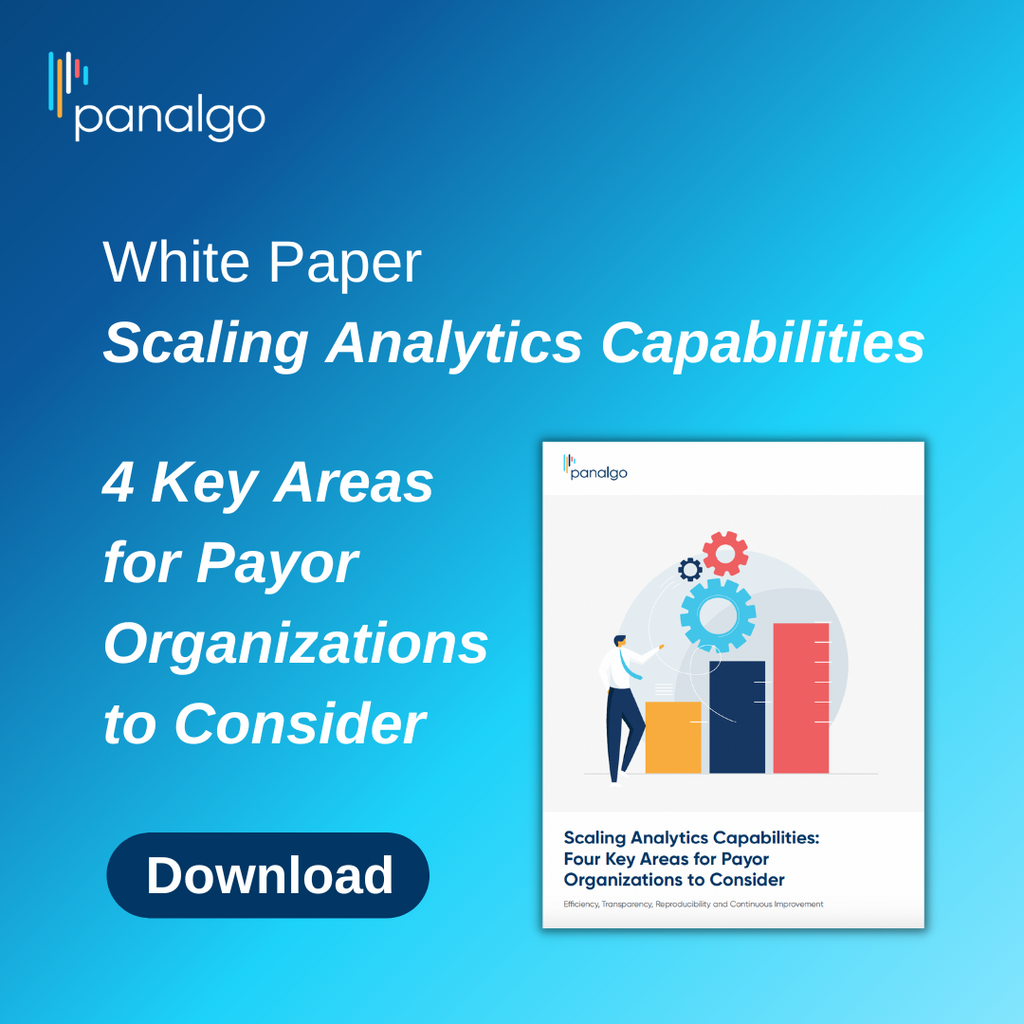AHIP Panelists: Improving Aging in Place Requires Cross-Stakeholder Support
-
Apr 04, 2024
When it comes to aging in place, seniors in the U.S. have a hodgepodge of programs and services available to them, and health plans can be a connector to and integrator of those services in their respective markets. Speakers at AHIP’s 2024 Medicare, Medicaid, Duals & Commercial Markets Forum, held March 12 to 14 in Baltimore, agreed that health plans can also play a valuable role in driving innovations across the Medicare and Medicaid programs, such as providing emergency and acute care in the home, supporting family caregivers, and advocating for policy solutions.
Before CMS in 2020 introduced the Hospital Without Walls program enabling health systems to provide acute hospital care in the home, integrated insurer-provider Kaiser Permanente (KP) launched the Advanced Care at Home (ACAH) model. One of several KP initiatives that support aging in place, ACAH leverages expert care teams and technology to provide 24/7 physician-led acute care and coordinate patients’ recovery in the familiar setting of the home. Eligible patients are identified in urgent care, emergency and/or inpatient settings but must also meet certain social and clinical criteria, explained Rachna Pandya, regional strategic implementation leader of Medicare operations and strategy, during the session, “Best Practices to Support Aging in Place.”
In the home setting, patients “don’t have to worry about nurses and staff coming in and out at all hours,” said Pandya. “Being in your home, having your pets with you, your loved ones and also the food you like to eat…it’s been proven in studies time and time again to be a value.” And such care is delivered as a “separate distinct encounter” from the emergency department or hospital encounter, which ends when the patient is enrolled for ACAH services.
With the idea of reducing “utilization in brick and mortar” and optimizing care in the home, KP began looking at home-based acute care in 2018 — prior to the COVID-19 pandemic, emphasized Pandya — and first developed it as a pilot for commercial members in California. To serve the ideal eligible population of Medicare beneficiaries, it required approval from CMS to forego the CMS Hospital Without Walls waiver — which KP would have been eligible for as a provider — and approval to launch it as a Medicare Advantage supplemental benefit on the health plan side. The initiative was launched as a supplemental benefit in two markets in 2022, and as of the fourth quarter of 2023, it had served nearly 4,000 members across all KP markets.
While ACAH doesn’t rely on the Hospitals Without Walls waiver, its goals are aligned with those of the program and the insurer supports its extension, explained Keavney Klein, KP’s senior counsel for government relations, who also spoke during the panel. She noted that House lawmakers in March released a bipartisan discussion draft that would extend acute hospital care at home waiver flexibilities beyond the current Dec. 31, 2024, expiration date until 2027. And as a member of the Advanced Care at Home Coalition, KP is interested in identifying long-term policy solutions and demonstrating the value of at-home care, whether that can be seen in utilization, quality or cost data.
KP, CCA Support Enhanced Benefit Flexibility
“In this space of aging in place, so much of the value is not traditional,” added Pandya, pointing to the need for unpaid caregivers to support such models and other services such as assistance with daily living, meal deliveries and transportation. “As our seniors continue to age and as we’ll continue to age, is CMS and the health care industry going to be able to support that and remove the barriers?” One such barrier she pointed to is the lengthy benefit approval process, which added approximately 18 months to ACAH’s launch time in MA.
Michelle Soper, vice president of federal policy and advocacy with Massachusetts-based Commonwealth Care Alliance, agreed with her fellow panelists that “supplemental benefit flexibility is extremely important and insufficient.” For CCA, which supports dual-eligible beneficiaries and “near duals” through its One Care and Senior Care Options offerings, addressing social determinants of health (SDOH) has always been a part of its efforts to address those members in “the most holistic way possible.” While CCA does not have a hospital at home program, its “instED" offering deploys highly trained paramedics to the home to evaluate members in an emergency and avoid unnecessary emergency department visits.
Moreover, Medicare-Medicaid integration “is really a top priority,” said Soper, who is the former vice president of integrated care with the Center for Health Care Strategies. “We’re really pleased that, since the launch of the Medicare-Medicaid Coordination Office at CMS in 2010, we’ve seen consistent movement, sometimes quick movement, sometimes slower movement but definitely movement in the right direction to enact policies that really do support integration.”
For example, more than 20 states have either launched or are developing multisector plans for aging, referring to a state-led “cross-collaborative way to bring relevant stakeholders to the table to try and find solutions to better support an aging population at home.” And during the COVID-19 public health emergency (PHE), the American Rescue Plan Act infused states with “billions of dollars” to support their respective home and community-based services infrastructures.
But as the PHE funding winds down, “states are now just catching up and trying to think through what types of investments — whether it’s technology, payment, caregiver support, etc. — really made a positive impact. And other organizations…are trying to work with states to try and quantify the impact of these investments for future policymaking,” she added. On a federal level, CMS has taken positive steps to support aging at home, such as expanding flexibility to address non-medical needs in MA and standing up the new Guiding an Improved Dementia Experience demonstration to support fee-for-service Medicare beneficiaries with dementia and their caregivers.
Plans Can Support Policy Efforts With Data
To support such advancements, “there are a lot of things health plans can do, but I think the most critical thing…is to really help with the data collection,” continued Soper. “There are so many good ideas, and sometimes good ideas get turned into policy. But once policies are launched, then the question is, ‘Did it work?’ And unfortunately, there’s a lot of missing information about that. So I think really working with the public sector to help define a baseline for where something starts, and then closely measure the intervention and evaluate whether or not it worked," including from the beneficiary’s perspective, could aid in policy making.
Meanwhile, “there’s this lightly held idea, because it is a program for older individuals, that Medicare provides more social and emotional support than it does,” but Medicaid is the primary payer of long-term services and supports, she continued. And the grim reality is that seniors often spend down their assets so they can receive LTSS. “That is not an ideal situation either, so really thinking about how these programs can work together — even in the most integrated duals programs, the financing is not fully integrated — is the next step.”
During a separate panel discussion, titled “Advancing Medicaid Long-Term Services & Supports,” speakers identified multiple challenges and gaps in the current system, such as workforce shortages and caregiver strain.
While SDOH is not new to those who’ve been managing LTSS for years, “we do need to advance the system…and push forward to a newer system that is embracing experiences of [seniors and people with disabilities living] post pandemic, fully alert that COVID is still with us. People with disabilities and older adults are very much at risk of COVID, and so continuing to keep that in the backs our minds…people want to live [at home] and on their terms,” observed Merrill Friedman, regional vice president for inclusive policy and advocacy with Elevance Health, Inc., one of the leading providers of managed LTSS.
In 2018, an estimated 14 million adults in the U.S. reported a need for LTSS, which can refer to a broad range of paid and unpaid services that assist individuals with functional limitations, noted panel moderator Camille Dobson, who is deputy executive director at ADvancing States. Caregivers are currently a huge component of aging in place, but if they were paid, it would be unsustainable, she lamented. According to a recent estimate from AARP, the value of unpaid caregiving in the U.S. is almost $660 billion, which is more than the total amount of money spent on LTSS across the country, said Dobson.
Managed LTSS Fosters Innovation
About half of states have a managed LTSS (MLTSS) program or are developing one, according to ADvancing States, an association of 56 member organizations representing state and territorial agencies on aging and disabilities. “Health plan partners are huge contributors to the work that states are doing around unpaid caregivers,” said Dobson. “States that have MLTSS programs have an extra tool in their toolkit, because they can with their health plans drive innovations at the local level that frankly, a fee-for-service state doesn’t have. They have a very diffuse provider network that makes it very difficult to have targeted interventions, so I really encourage our members with MLTSS programs to utilize and partner with health plans and not just see themselves as a regulator but to see themselves as a collaborator with their health plans to address these…really thorny issues.”
Karen Kimsey, partner with Speire Healthcare Strategies and Virginia’s former Medicaid director, pointed out that state requests for proposals are asking plans how they support family caregivers and include them in care planning. Minnesota, for example, “has distinct services to help train caregivers as well as provide counseling for the stress that they’re under,” said Kimsey. Moreover, states are “asking more about investing in these other supportive services: How can you address social isolation, leverage technologies like having care teams available on a 24/7 hotline, [etc.]? I think you can make a caregiver’s life easier…so they don’t end up burning out. That’s where states are really heading and making sure [to] strengthen the workforce,” ensuring that providers are paid well to avoid burnout there as well, she said.
“There’s not anything that one plan or one person or one industry is going to change,” added Friedman. But to improve the direct care workforce, that “has to be done in partnership with people with disabilities and older adults,” she said. She also suggested that we can “change the image” that a direct care workforce is a low skilled job that should be low paid. Direct support professionals keep people out of hospitals, out of nursing homes and in the community, she said. “They’re part of the care team, and so we’re very intentional that they have access to the same training that our providers have.”
This story originally appeared in AIS Health's premium publication Radar on Medicare Advantage.
© 2025 MMIT









